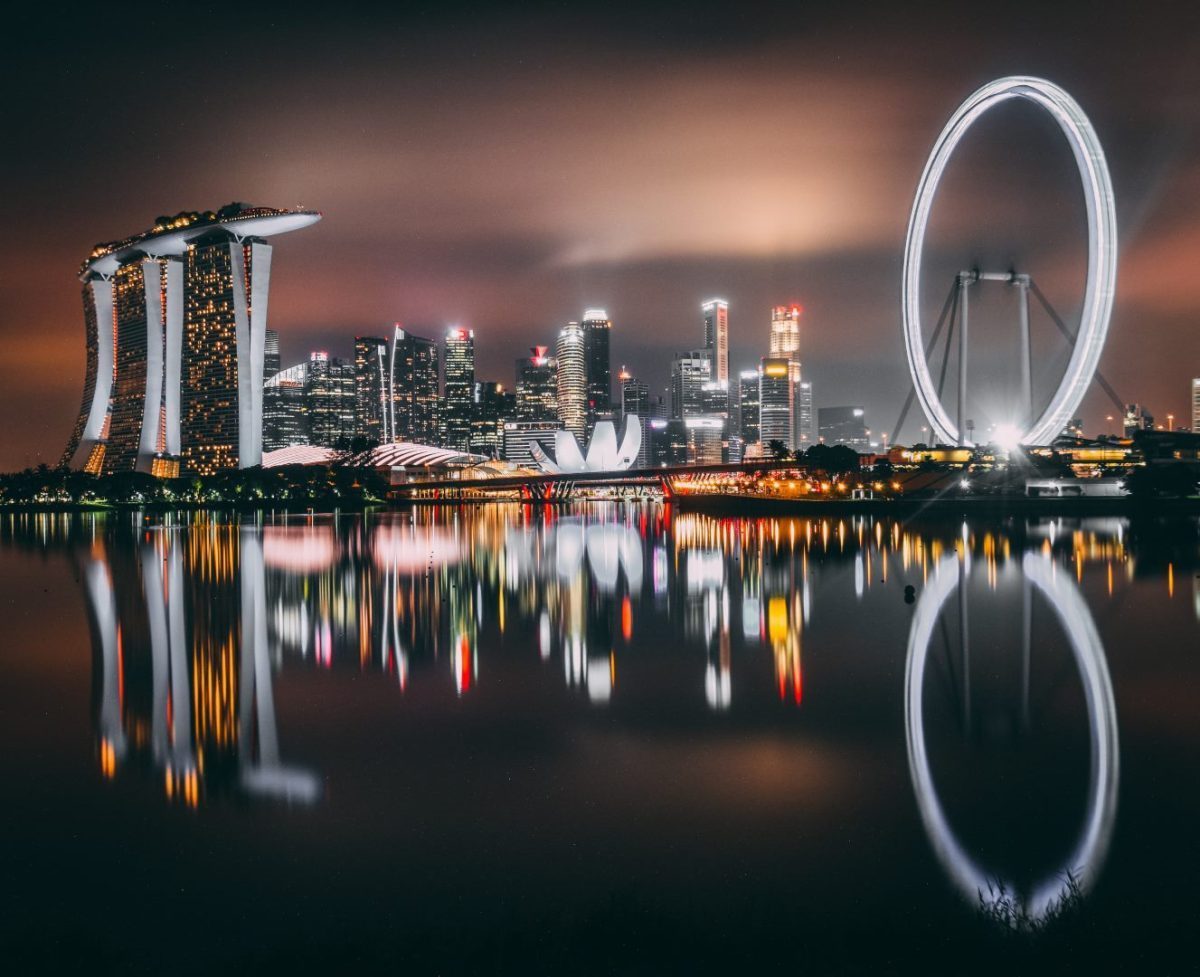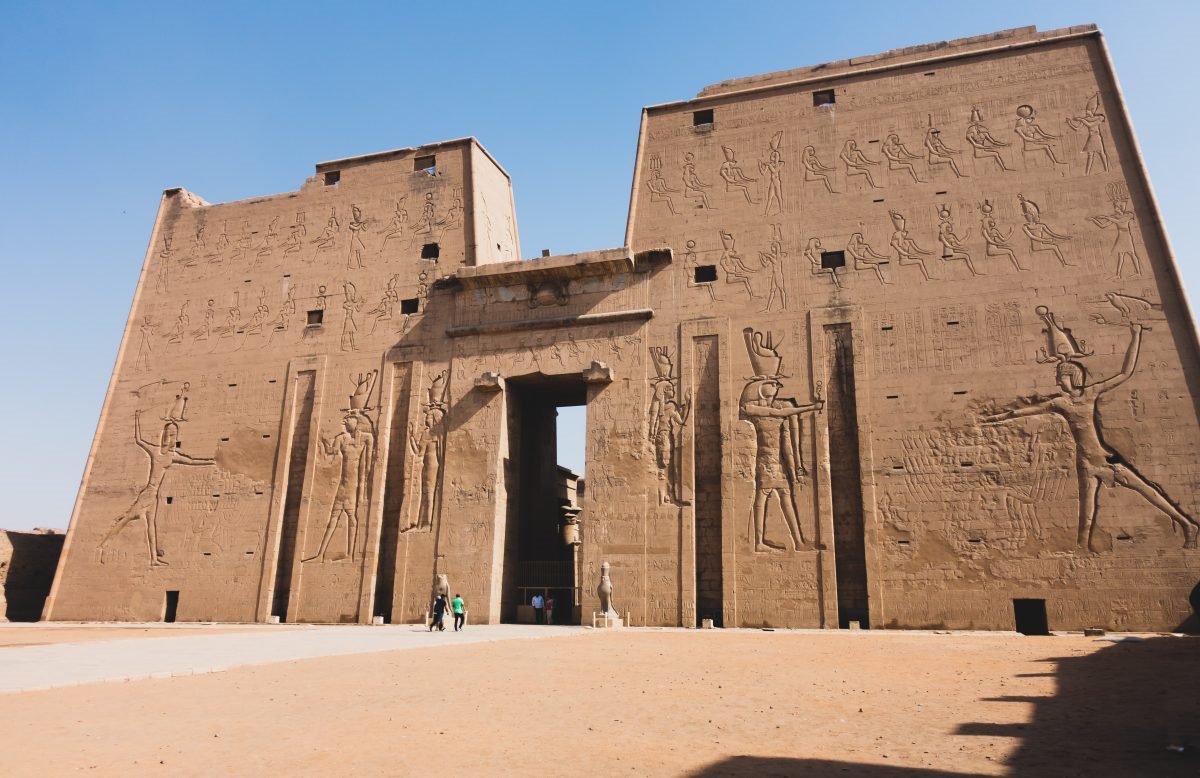Football Museum and Stadiums Tour with a Local Expert Guide in São Paulo
If you’re a football fan, visiting São Paulo without exploring its football culture would be a huge mistake. São Paulo is known as the soccer capital of Brazil, and the city is home to some of the most iconic and historic football stadiums in the world. Join this football museum and stadium tour in São Paulo, and let a knowledgeable local guide take you on a journey through the city’s rich football history.Overview
On this tour, you’ll visit some of the most famous football stadiums in São Paulo, including the legendary Morumbi Stadium, the Allianz Parque, and the Pacaembu Stadium. Your local guide will take you to the best spots to soak up the incredible football atmosphere and will share their knowledge and passion for football with you. The tour also includes a visit to the Football Museum, where you’ll learn about the history of football in Brazil and see some incredible memorabilia.What’s Included
- Transport by fully-equipped vehicles
- Any address pick-up and drop-off are included like hotel and airport
- Licensed bilingual private tour guide
- Meals and drinks are not included in the tour price
- Tips (optional)
Meeting and Pickup
You can choose the best pick-up point that suits your needs as long as it’s within the city of São Paulo or its greater area. The tour does not offer pick-ups in the countryside or coastal areas of the state of São Paulo.Tour Itinerary
The tour covers the following destinations;Morumbi Stadium
Home to the São Paulo Football Club, the Morumbi Stadium is one of the largest football stadiums in Brazil. It has a capacity of 67,000 people and has been used to host a variety of international events, including the 2014 FIFA World Cup.Allianz Parque
The Allianz Parque is the home of the Palmeiras Football Club. It was rebuilt for the 2014 FIFA World Cup and has a capacity of 43,000 people.Pacaembu Stadium
Built-in 1940, Pacaembu Stadium is one of the oldest football stadiums in Brazil. Its capacity is 40,000 people, and it has hosted many memorable games throughout its history.Football Museum
The Football Museum in São Paulo is an incredible place for football fans. It showcases a variety of exhibits, including memorabilia, photographs, and multimedia installations that detail the history of Brazilian football. Throughout the tour, your expert guide will share stories and insights about the history and culture of football in Brazil. They’ll help you understand why football is such an integral part of Brazilian life and culture.Booking
You can book the tour directly through the Viator website by clicking here. Don’t miss out on this amazing experience to uncover the football culture of São Paulo with a knowledgeable local guide. Book today!
FAQ About Sao Paulo
Sao Paulo is a vibrant city in Brazil with a rich culture and history. Whether you are planning to visit this city or you already live there, you might have many questions about its life and attractions. Here is a list of the most commonly asked questions about Sao Paulo.1. What is the population of Sao Paulo?
The city of Sao Paulo is the most populous city in Brazil, with a population of over 12 million people. It is also the largest city in South America and the seventh largest city in the world.2. What is the best time to visit Sao Paulo?
Sao Paulo has a tropical climate, with warm temperatures and high humidity throughout the year. However, the best time to visit is between March and May or between September and November. During these months, the weather is cooler, and there is less rainfall.3. What are the top tourist attractions in Sao Paulo?
Sao Paulo has plenty of attractions that appeal to visitors. Here are some of the top tourist attractions:i. The Sao Paulo Museum of Art (MASP)
This museum is renowned for its extensive collection of European art from the 13th through the 20th centuries.ii. Ibirapuera Park
A sprawling public park in the heart of the city, Ibirapuera park is popular for outdoor exercise, sunbathing, and picnics.iii. Pinacoteca do Estado de Sao Paulo
This museum showcases the work of Brazilian artists, featuring rotating exhibits throughout the year.iv. Mercado Municipal de Sao Paulo
This market is famous for its diverse selection of fresh produce and traditional Brazilian food.v. The Sao Paulo Cathedral
The Cathedral is an iconic building located in the city’s downtown and known for its Neo-Gothic architecture.4. What are some off-the-beaten-path attractions in Sao Paulo?
If you’re looking to experience something less touristy, here are some suggestions:i. Beco do Batman (Batman’s Alley)
A street located in the Vila Madalena neighborhood, whose walls are covered in colorful graffiti and street art.ii. Japan Town
A neighborhood that showcases Japanese culture in Brazil, featuring authentic Japanese restaurants, markets, and festivals.iii. Football Museum
Located in Pacaembu Stadium, this museum celebrates the rich history of soccer in Brazil.5. What is the transportation system like in Sao Paulo?
Sao Paulo has an extensive transportation network, including buses, trains, and a metro system. The metro system is the quickest and most efficient way to navigate the city. Taxis and ride-sharing services like Uber are also widely available.6. What is the food like in Sao Paulo?
Sao Paulo has a diverse culinary scene, which represents the city’s mix of cultures. Traditional Brazilian dishes, such as Feijoada, a hearty stew made with pork and black beans, are found throughout the city. There are also plenty of international options, including Lebanese, Italian, and Japanese cuisine.7. What is the nightlife like in Sao Paulo?
Sao Paulo is known for its lively nightlife. The city has a wide variety of bars and nightclubs, offering everything from live music to DJ sets. The most popular nightlife districts are Vila Madalena and Itaim Bibi.8. Is Sao Paulo safe for tourists?
Like any major city, Sao Paulo has its share of crime, and tourists should take the necessary precautions. It is best to avoid walking alone at night, especially in unfamiliar areas. Taxis or reliable ride-sharing services should be used to get around the city.9. What is the currency in Sao Paulo?
The currency of Brazil is the Real. Most establishments in Sao Paulo will accept credit cards, and there are many ATMs throughout the city. It’s essential to have some cash on hand, especially for small purchases.10. What language is spoken in Sao Paulo?
The official language of Sao Paulo is Portuguese. However, many residents speak English, and tourist areas often have signage in both languages. Knowing a few basic Portuguese phrases can help with communication. In conclusion, Sao Paulo offers a wide range of attractions and activities for visitors. With the right preparation, your trip to this city will be safe, comfortable, and rewarding.
How to Spend Your Time as a Tourist in São Paulo
São Paulo is a vibrant city with a rich cultural heritage and a variety of attractions to offer its visitors. It is the largest city in Brazil and the financial center of South America. With so much to see and do, planning a trip to São Paulo can be overwhelming. In this guide, we will provide you with an itinerary that covers the best things to do in the city.Day One
1. São Paulo Museum of Art (MASP)
Start your day at the São Paulo Museum of Art (MASP), which is located on Paulista Avenue, one of the city’s main streets. It is a must-visit attraction for art lovers. The museum has an extensive collection of international and Brazilian art, including works by Picasso and Modigliani.2. Ibirapuera Park
After visiting MASP, head to Ibirapuera Park, which is just a 10-minute walk away. It is one of the largest parks in the city and an ideal place to take a leisurely walk, enjoy the beautiful scenery, and relax. The park has several museums, including the Museum of Modern Art and the Afro-Brazil Museum.3. São Paulo Cathedral
End the day by visiting the São Paulo Cathedral, which is one of the city’s most iconic landmarks. The cathedral’s Neo-Gothic architecture is breathtaking, and the interior is equally impressive. You can also climb to the top of the cathedral for a stunning view of the city.Day Two
1. Mercado Municipal de São Paulo
Start your day at the Mercado Municipal de São Paulo, which is a food market located in the city center. The market is famous for its fresh produce, cheeses, and cured meats. There are also several restaurants in the market where you can try traditional Brazilian dishes.2. Municipal Theatre of São Paulo
After visiting the market, head to the Municipal Theatre of São Paulo. It is a beautiful building with a Neo-Baroque façade and an equally impressive interior. The theater hosts a variety of performances, including ballet, opera, and musicals.3. Liberdade Neighborhood
End the day by visiting the Liberdade neighborhood, which is the largest Japanese community in Brazil. The neighborhood has several Japanese shops and restaurants, and on Sundays, there is a street fair where you can buy traditional Japanese items and food.Day Three
1. Football Museum
Start your day at the Football Museum, which is located in the Pacaembu Stadium. The museum has an extensive collection of Brazilian football history, including trophies, memorabilia, and player statistics. The museum is a must-visit for football fans.2. Pinacoteca do Estado de São Paulo
After visiting the Football Museum, head to the Pinacoteca do Estado de São Paulo. It is the oldest art museum in São Paulo and has an extensive collection of Brazilian art from the 19th and 20th centuries.3. Vila Madalena Neighborhood
End the day by visiting the Vila Madalena neighborhood, which is known for its vibrant nightlife. The neighborhood has several bars, restaurants, and nightclubs, and it is the perfect place to experience São Paulo’s nightlife.Book Your Tour Now
São Paulo is a city full of culture and history, and there is no shortage of things to see and do. This itinerary covers some of the best things to do in the city, but it is by no means exhaustive. Spend some time exploring the city’s neighborhoods, trying new foods, and immersing yourself in the local culture. With a little planning, you can have an unforgettable trip to São Paulo.Table of Contents

